

Articles
How To Store Pawpaw Fruit
Modified: January 6, 2024
Discover the best practices for storing paw paw fruit with these helpful articles. Extend the shelf life of your harvest and enjoy the delicious taste for longer!
(Many of the links in this article redirect to a specific reviewed product. Your purchase of these products through affiliate links helps to generate commission for Storables.com, at no extra cost. Learn more)
Introduction
Welcome to our comprehensive guide on how to store paw paw fruit – that tropical delight with a unique flavor and creamy texture. Paw paw, also known as papaya, is a versatile fruit that can be enjoyed in various ways, from eating it fresh to using it in jams, preserves, or as a puree. To fully enjoy the goodness of paw paw, it’s important to store it properly.
In this article, we will walk you through the process of storing paw paw fruit to ensure its freshness, flavor, and nutritional value are preserved for as long as possible. Whether you have just picked some paw paws from your backyard tree or bought them from a local market, these tips and techniques will help you make the most of this delicious tropical fruit.
Before we get into the specifics of storing paw paw fruit, let’s take a moment to understand its unique characteristics and how to choose the ripest ones for storage.
Key Takeaways:
- Properly storing paw paw fruit is essential to maintain its freshness and flavor. Whether in the refrigerator, freezer, puree, or preserves, understanding ripe fruit, optimal conditions, and preparation is key to enjoying this tropical delight year-round.
- By choosing ripe paw paw fruit, following proper preparation steps, and considering optimal storage conditions, you can extend the shelf life of this tropical fruit. Whether refrigerating, freezing, pureeing, or preserving, there are various methods to enjoy paw paw fruit long after harvest season.
Read more: How To Store Dates Fruit
Understanding Paw Paw Fruit
Paw paw fruit, scientifically known as Carica papaya, is native to tropical regions and is widely cultivated for its delicious taste and numerous health benefits. It is a large fruit with a greenish-yellow skin and a vibrant orange or pinkish flesh. The flesh is slightly sweet, with a tropical flavor reminiscent of melons and mangoes.
One of the key features of paw paw fruit is its enzyme called papain, which aids in digestion and has anti-inflammatory properties. The fruit is also a rich source of vitamins A, C, E, and folate, as well as minerals like potassium and magnesium.
When it comes to choosing paw paw fruit for storage, it’s important to select ripe ones that are firm but yield slightly when pressed. The skin should be mostly yellow with a few green areas, indicating that the fruit is at its peak ripeness. Avoid fruits that are overly soft, bruised, or have a foul odor.
Now that we have a basic understanding of paw paw fruit, let’s move on to the next section, where we will discuss the proper techniques for choosing ripe paw paw fruit.
Choosing Ripe Paw Paw Fruit
Choosing ripe paw paw fruit is essential to ensure that you store fruit that is at its optimal flavor and freshness. Here are some tips to help you select and identify ripe paw paw fruit:
- Color: Look for paw paw fruit that is mostly yellow with a slight tinge of green. Avoid fruits that are completely green or those that have turned completely yellow, as they may be overripe.
- Texture: Gently squeeze the fruit to check its firmness. Ripe paw paw fruit should be slightly soft and yield to pressure, but not too mushy or overly firm.
- Fragrance: Give the fruit a sniff to assess its aroma. Ripe paw paw fruit should have a sweet, pleasant fragrance. If there is a strong, unpleasant odor, it may indicate that the fruit is overripe or spoiled.
- Size: Paw paw fruit comes in various sizes, so there is no specific rule regarding size. However, aim for fruits that are plump and feel heavy for their size, as this generally indicates ripeness.
- Visual cues: Check the skin of the fruit for any blemishes, bruises, or signs of mold. Choose fruits that are smooth and unbroken.
It’s worth noting that paw paw fruit continues to ripen after being harvested. If you have chosen slightly underripe fruit, you can leave it at room temperature for a few days until it ripens further. Keep in mind that once the fruit is fully ripe, it should be consumed or stored promptly to prevent it from spoiling.
With the knowledge of how to choose ripe paw paw fruit, we can now move on to the next section, which will focus on the steps to prepare the fruit for storage.
Preparing Paw Paw Fruit for Storage
Before storing paw paw fruit, it is important to properly prepare it to prolong its shelf life. Here are the steps to follow:
- Wash the fruit: Start by washing the paw paw fruit gently under cool running water. This will help remove any dirt or debris that may be present on the skin. Avoid using any harsh soaps or detergents.
- Peel and slice: Use a sharp knife to peel the skin off the paw paw fruit. Cut the fruit in half and scoop out the seeds with a spoon. Slice the fruit into smaller pieces or leave it in halves, depending on how you plan to use it later.
- Remove any blemishes: Inspect the flesh of the paw paw fruit for any blemishes or brown spots. Cut away any damaged or spoiled areas before storing the fruit.
- Optional: Lemon or lime juice: Paw paw fruit can be quite delicate and prone to oxidation, resulting in brown spots on the flesh. To prevent this, you can squeeze some lemon or lime juice over the cut fruit, as the citric acid acts as a natural antioxidant and slows down the browning process.
Once you have prepared the paw paw fruit, you can move on to the next section, where we will discuss the optimal storage conditions to keep the fruit fresh and flavorful.
Optimal Storage Conditions
To extend the shelf life of paw paw fruit and maintain its taste and texture, it is crucial to store it under optimal conditions. Here are the key factors to consider:
- Temperature: Paw paw fruit is sensitive to temperature changes, so it is best stored in a cool environment. The ideal temperature range for storing paw paw fruit is between 45°F (7°C) and 50°F (10°C). Avoid exposing the fruit to extreme heat or cold, as it can cause the fruit to spoil or lose its flavor.
- Humidity: Paw paw fruit prefers moderate humidity levels. Aim for a relative humidity of around 85%, as excessive moisture can lead to mold growth and spoilage.
- Light: Paw paw fruit should be stored in a dark or dimly lit area to prevent premature ripening and discoloration. Exposure to direct sunlight can speed up the ripening process and lead to uneven ripeness.
- Air circulation: Proper air circulation is crucial for maintaining the freshness of paw paw fruit. Avoid storing the fruit in airtight containers or plastic bags, as this can trap moisture and lead to spoilage. Instead, place the fruit in a well-ventilated area.
By considering these factors and providing the optimal storage conditions, you can significantly prolong the shelf life of paw paw fruit and enjoy its deliciousness for an extended period.
Next, we will explore two common methods of storing paw paw fruit: in the refrigerator and freezing.
Store paw paw fruit in the refrigerator once it is ripe to slow down the ripening process and keep it fresh for longer. Keep it in a plastic bag to help maintain its moisture.
Read more: How To Store Fruit In Fridge
Storing Paw Paw Fruit in the Refrigerator
The refrigerator is a convenient option for storing paw paw fruit, especially if you want to extend its freshness for a few days. Here’s how to store paw paw fruit in the refrigerator:
- Wrap the fruit: Place the prepared paw paw fruit in a plastic or paper bag. Alternatively, you can wrap each individual fruit in a paper towel to absorb any excess moisture.
- Adjust humidity: To maintain the required humidity level, you can place a damp paper towel or a small container of water in the refrigerator. This will help prevent the fruit from drying out.
- Store on a shelf: Place the wrapped paw paw fruit on a shelf in the refrigerator, away from foods with strong odors that can be absorbed by the fruit.
- Check periodically: During storage, check the fruit regularly for any signs of spoilage. Remove any fruit that appears to be overripe or spoiled to prevent it from affecting the rest of the batch.
By following these steps, you can store paw paw fruit in the refrigerator for up to a week while maintaining its quality. However, keep in mind that the flavor and texture of paw paw fruit may change slightly after refrigeration.
Next, let’s explore another storage method – freezing paw paw fruit – ideal for long-term preservation.
Freezing Paw Paw Fruit
Freezing paw paw fruit is an excellent option for long-term storage, allowing you to enjoy the freshness and flavor of the fruit even after several months. Here’s how to freeze paw paw fruit:
- Prepare the fruit: Peel and slice the paw paw fruit, removing the seeds and any blemishes. Cut the fruit into desired pieces or chunks.
- Pre-treatment (optional): Some individuals prefer blanching the fruit before freezing to preserve the color and texture. To blanch, briefly immerse the paw paw fruit in boiling water for about 2-3 minutes, then transfer it to an ice bath to cool rapidly.
- Packaging: Place the prepared paw paw fruit in airtight freezer-safe containers or freezer bags. Squeeze out any excess air to prevent freezer burn. If using freezer bags, it can be beneficial to remove as much air as possible using a straw before sealing.
- Label and date: Clearly label the containers or bags with the contents and the date of freezing. This will help you keep track of the fruit’s freshness and ensure you use it within the recommended timeframe.
- Freeze: Place the paw paw fruit in the freezer, ideally in a single layer for swift freezing. Once the fruit is frozen, you can stack the containers or bags to save space.
Frozen paw paw fruit can be stored in your freezer for up to 8-12 months. However, for the best quality and flavor, it is recommended to consume the fruit within the first 6 months of freezing. Thaw the frozen fruit in the refrigerator overnight or use it directly in recipes that call for frozen fruit.
Now that you know how to freeze paw paw fruit, let’s explore another storage option – turning the fruit into puree.
Storing Paw Paw Fruit as Puree
Turning paw paw fruit into puree is a great way to make it more versatile for various recipes, such as sauces, smoothies, or baked goods. Here’s how to store paw paw fruit as puree:
- Preparation: Peel and slice the paw paw fruit, removing the seeds and any blemishes.
- Blending: Place the fruit pieces in a blender or food processor and blend until you achieve a smooth, creamy consistency.
- Packaging: Transfer the paw paw fruit puree into airtight containers or freezer bags. Leave some headspace in the containers or bags to allow for expansion during freezing.
- Label and date: Clearly label the containers or bags with the contents and the date of freezing.
- Freeze: Place the paw paw fruit puree in the freezer, ensuring it is stored in a flat position initially to facilitate easy stacking once frozen.
Paw paw fruit puree can be stored in the freezer for up to 6-8 months. Thaw the puree in the refrigerator overnight before using it in your recipes.
Storing paw paw fruit as puree allows you to conveniently incorporate it into various dishes and enjoy its tropical flavor year-round.
Lastly, let’s explore another delightful storage method – using paw paw fruit in jams and preserves.
Storing Paw Paw Fruit in Jams and Preserves
Creating jams and preserves is a wonderful way to preserve the flavor of paw paw fruit and enjoy it long after the fruit season has ended. Here’s how you can store paw paw fruit in jams and preserves:
- Prepare the fruit: Peel, seed, and slice the paw paw fruit. Measure the required amount of fruit for your jam or preserve recipe.
- Cooking: Follow your favorite jam or preserve recipe, combining the paw paw fruit with sugar, lemon juice, and any additional flavorings, such as vanilla or spices.
- Jarring: Once the jam or preserve is ready, transfer it into sterilized jars while it’s still hot. Leave about 1/4 inch of headspace in each jar to allow for expansion during storage.
- Sealing: Wipe the rims of the jars clean and place sterilized lids on top. Apply the screw bands, tightening them just until they are snug. This will allow for proper sealing while preventing over-tightening.
- Processing (optional): If you prefer longer shelf life, you can process the filled jars in a water bath canner according to the instructions provided by your recipe. This step helps create a vacuum seal and ensures safe storage.
- Cooling and storage: Allow the jars to cool completely before storing them in a cool, dark pantry or cupboard. Remember to label each jar with the contents and the date of canning.
When stored properly, paw paw fruit jams and preserves can last for up to a year or even longer. However, always check for signs of spoilage before consuming any preserved product.
Using paw paw fruit in jams and preserves not only allows you to relish its wonderful flavor throughout the year but also makes for delightful homemade gifts for friends and family.
Now that you have explored various storage methods for paw paw fruit, let’s conclude our guide.
Read more: How To Store Fruit To Avoid Fruit Flies
Conclusion
Paw paw fruit, with its tropical flavor and creamy texture, is truly a delight to enjoy. By properly storing paw paw fruit, you can extend its freshness and savor its deliciousness long after the harvest season. Whether you choose to store it in the refrigerator, freeze it, turn it into puree, or use it in jams and preserves, each method has its own advantages and allows you to explore different culinary possibilities.
Understanding the characteristics of ripe paw paw fruit and selecting the best ones is the first step towards successful storage. Preparing the fruit by washing, peeling, and removing blemishes ensures that it is in optimal condition for storage. Consider the optimal storage conditions of temperature, humidity, light, and air circulation to maintain the fruit’s quality.
Storing paw paw fruit in the refrigerator provides a short-term solution, keeping the fruit fresh for up to a week. Freezing paw paw fruit allows for long-term storage, extending its shelf life for several months. Pureeing the fruit makes it versatile for various recipes, while using it in jams and preserves preserves its flavor and allows enjoyment throughout the year.
Remember to label and date your stored paw paw fruit to keep track of its freshness, and always check for signs of spoilage before consuming any preserved product. With proper storage techniques, you can continue to savor the delectable taste of paw paw fruit and unlock its numerous health benefits.
We hope this comprehensive guide has equipped you with the knowledge and techniques needed to store paw paw fruit successfully. Now it’s time to put these tips into practice and enjoy the wonderful flavors of this tropical delicacy for as long as possible.
Happy paw paw fruit storage and bon appétit!
Frequently Asked Questions about How To Store Pawpaw Fruit
Was this page helpful?
At Storables.com, we guarantee accurate and reliable information. Our content, validated by Expert Board Contributors, is crafted following stringent Editorial Policies. We're committed to providing you with well-researched, expert-backed insights for all your informational needs.

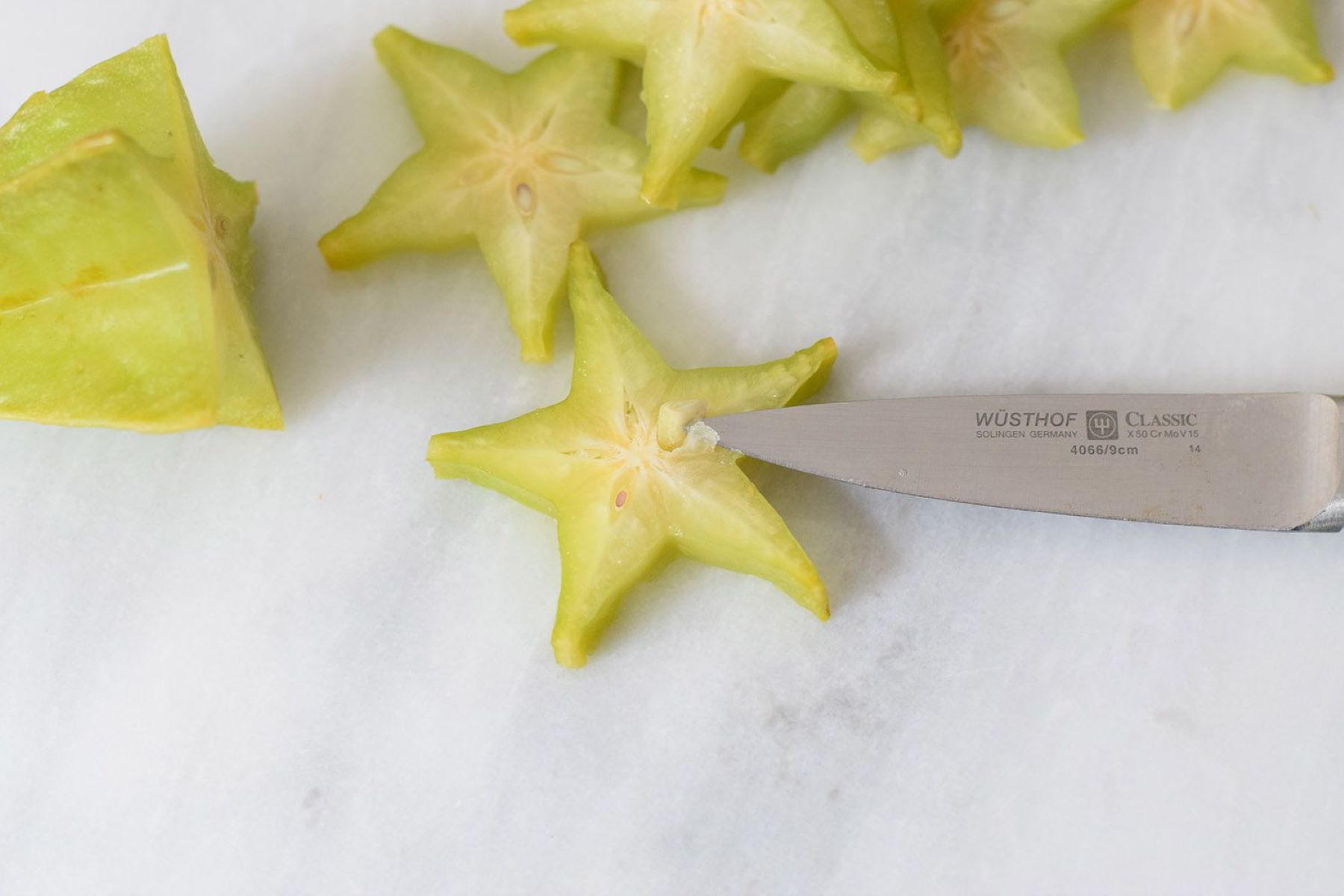
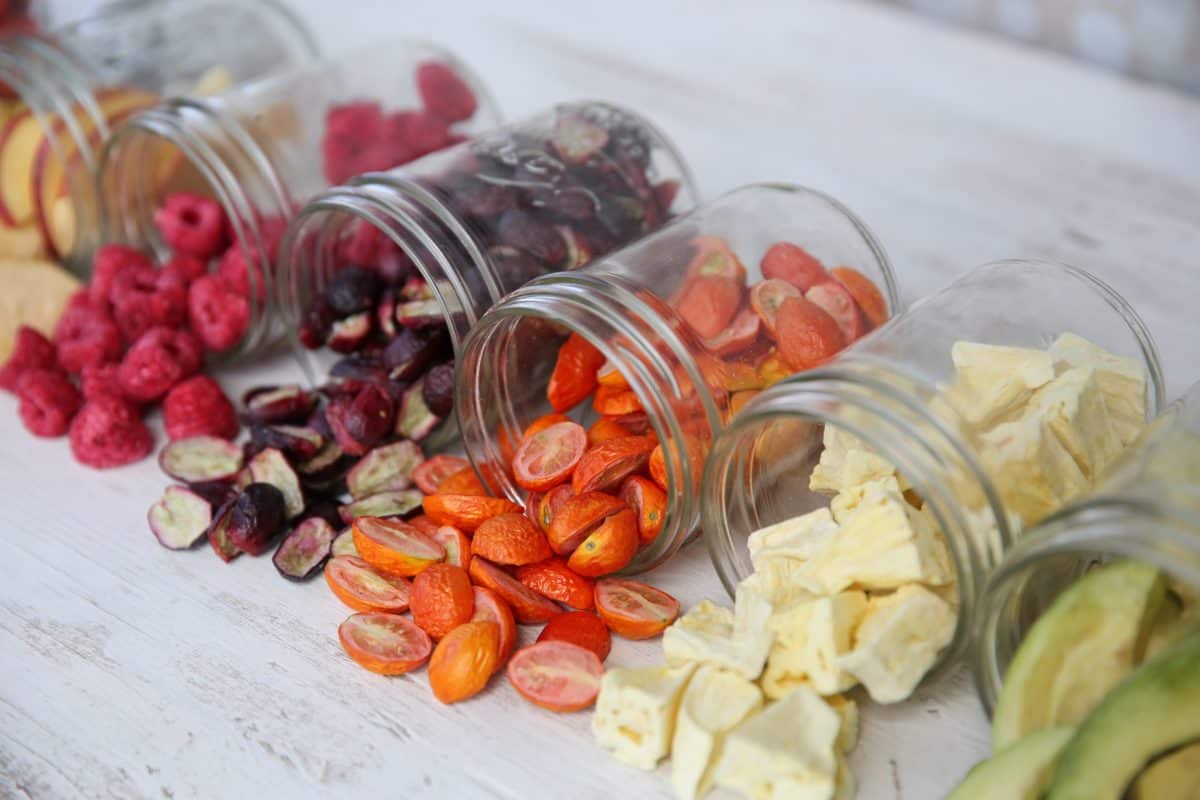
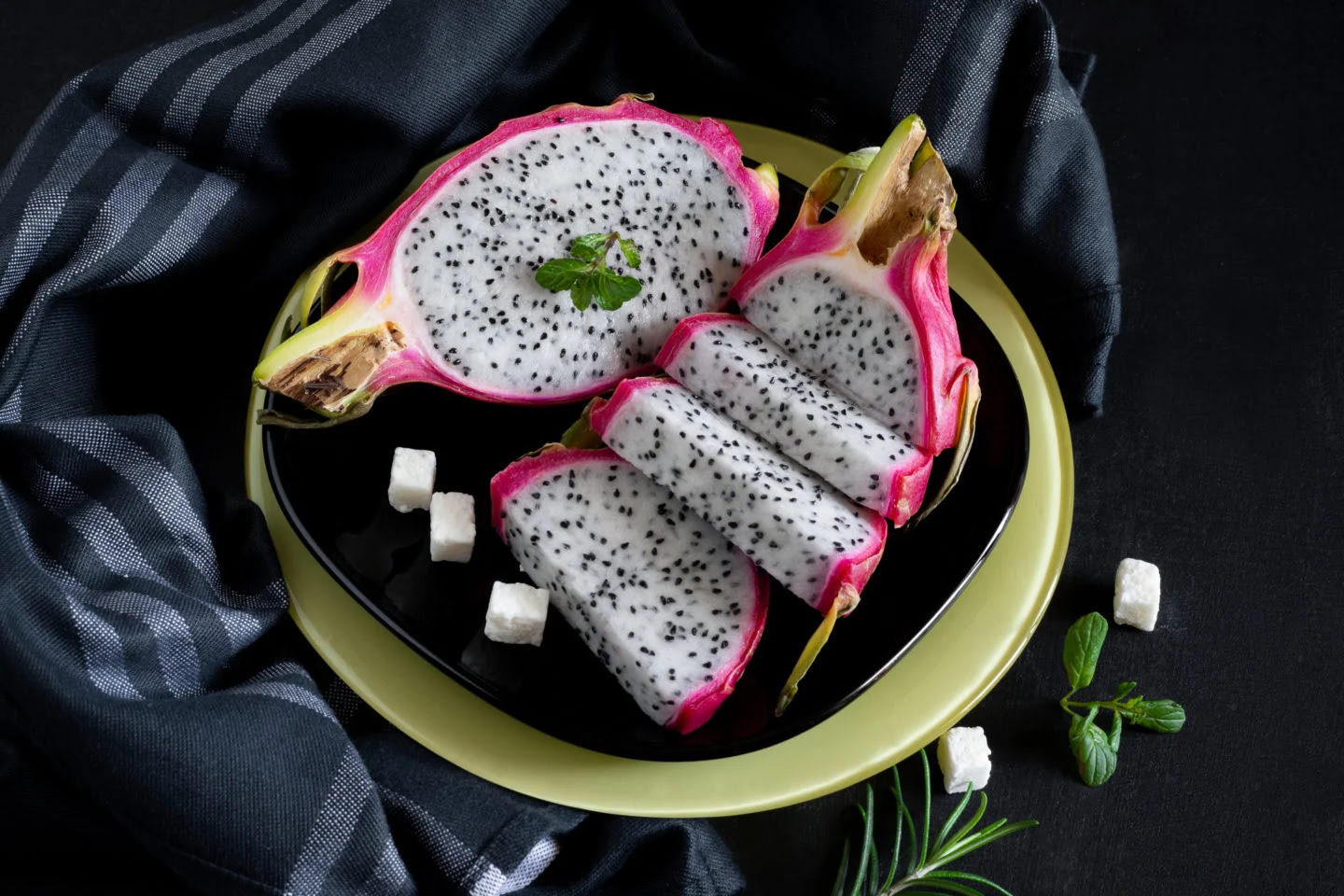
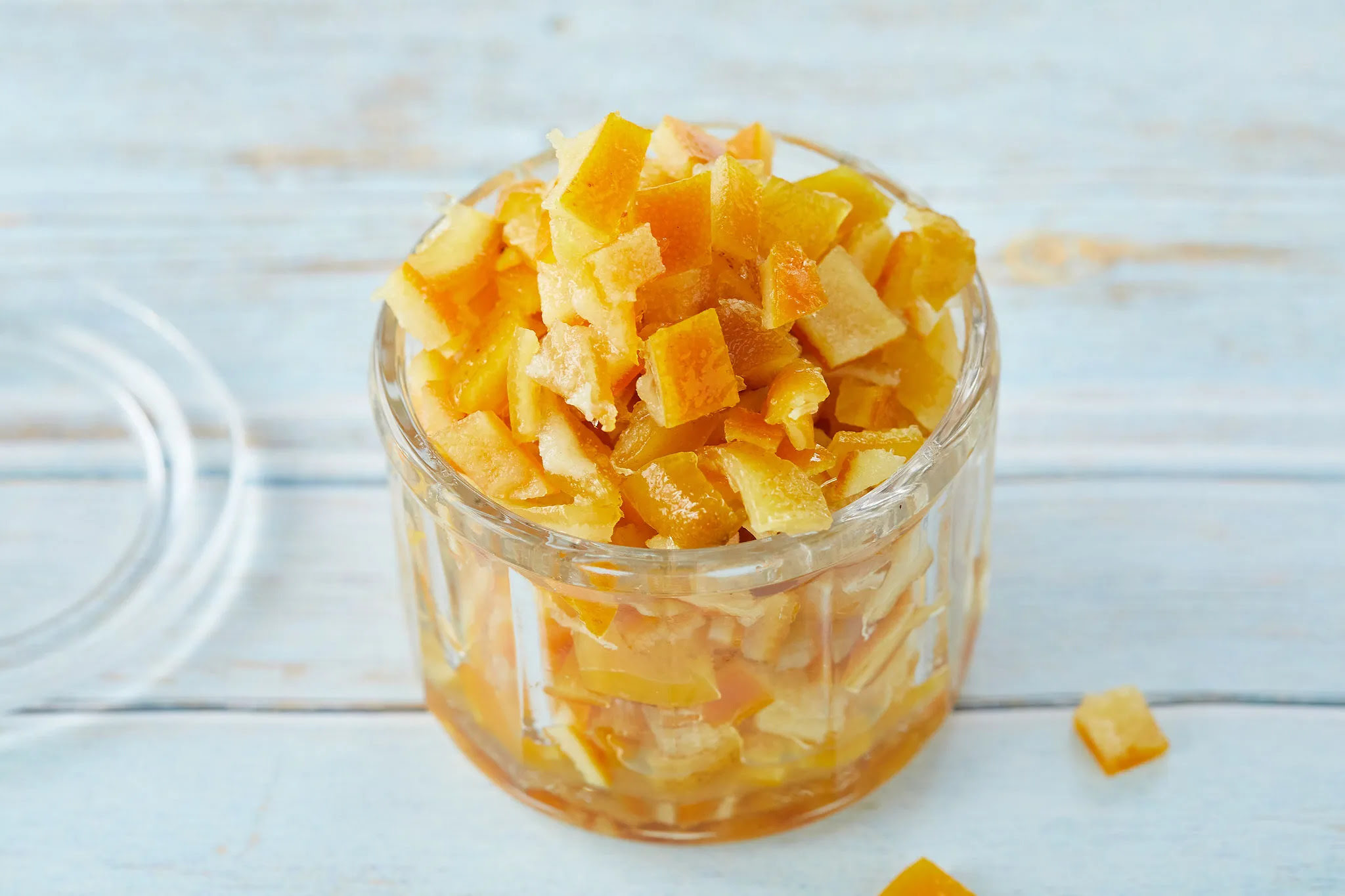
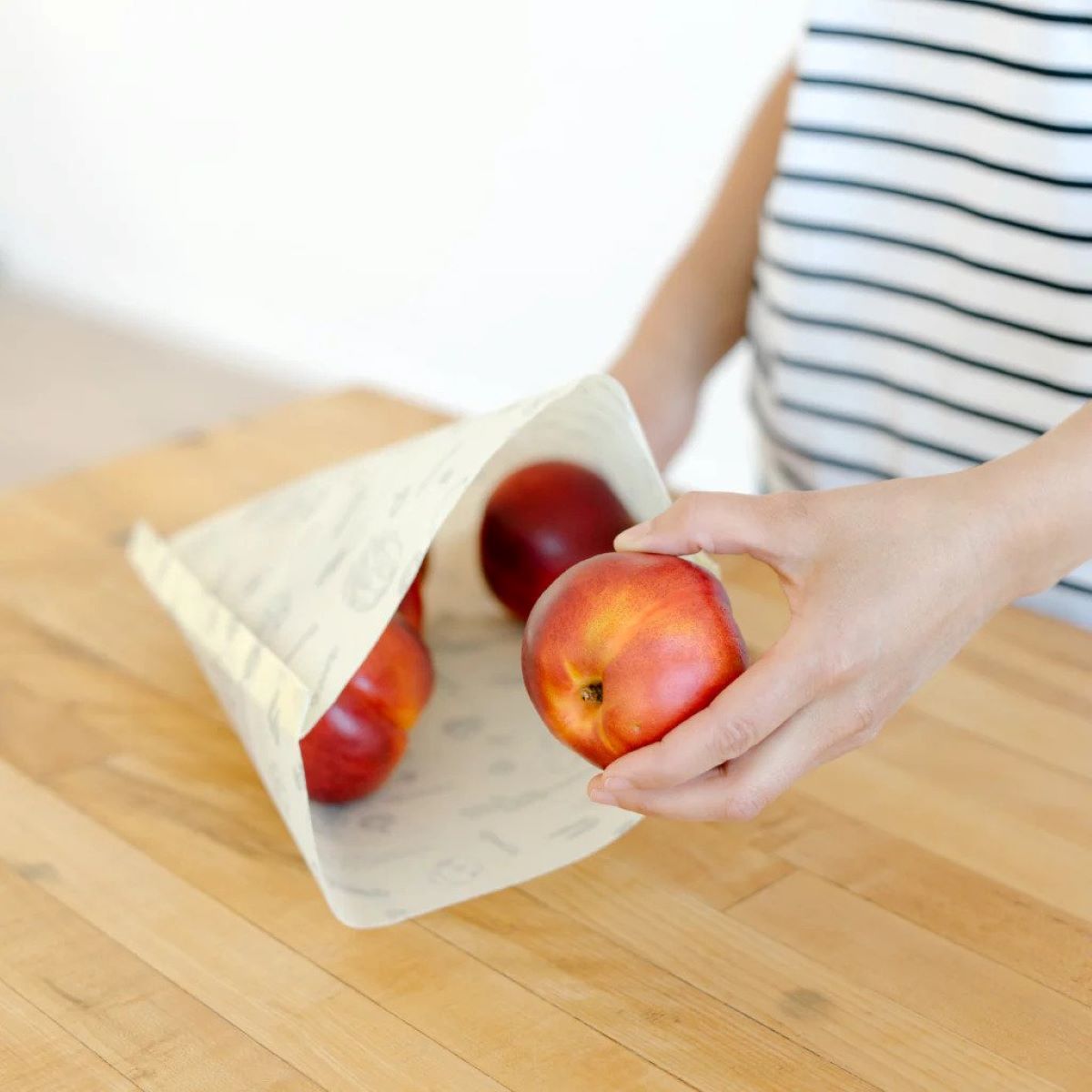
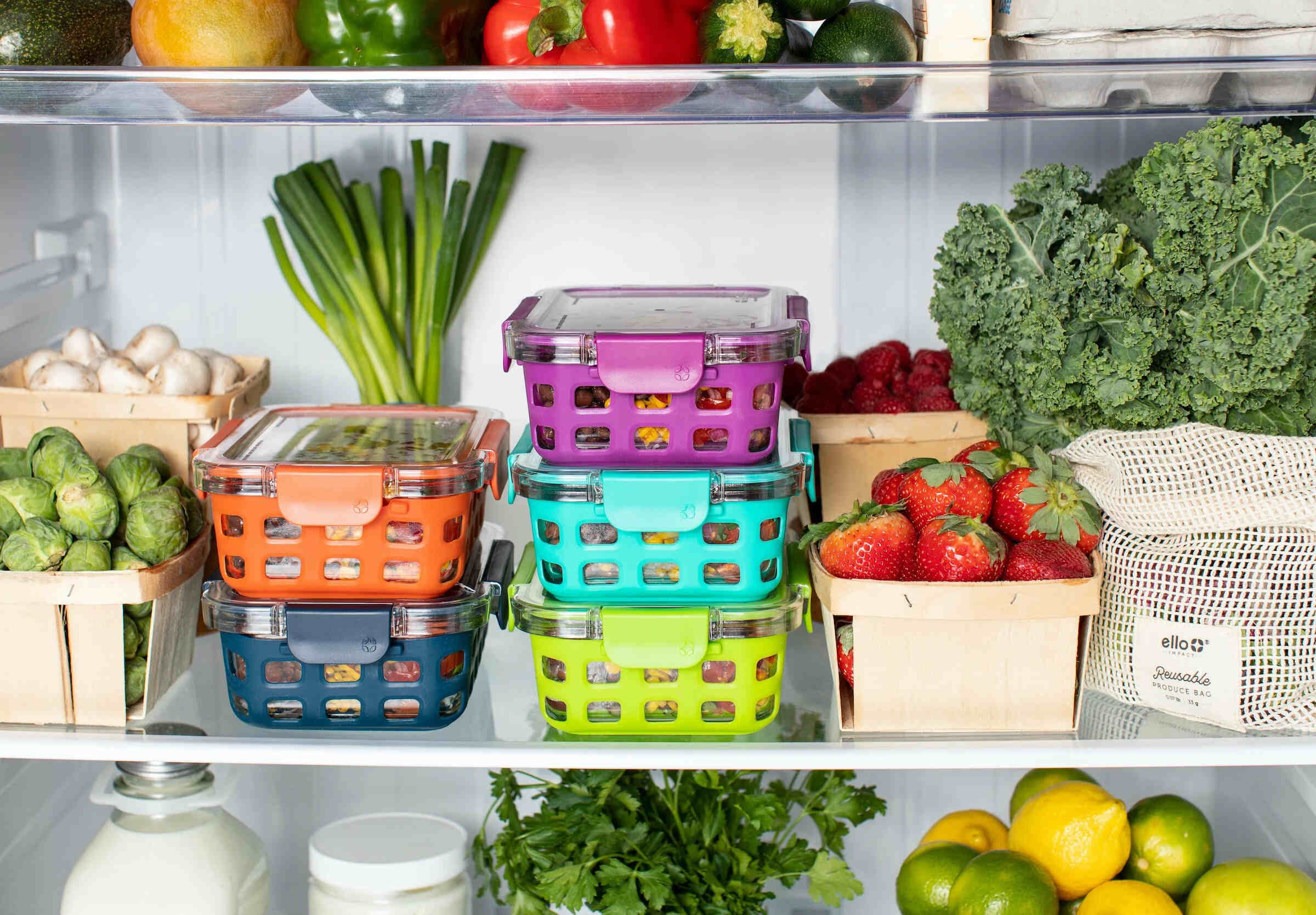
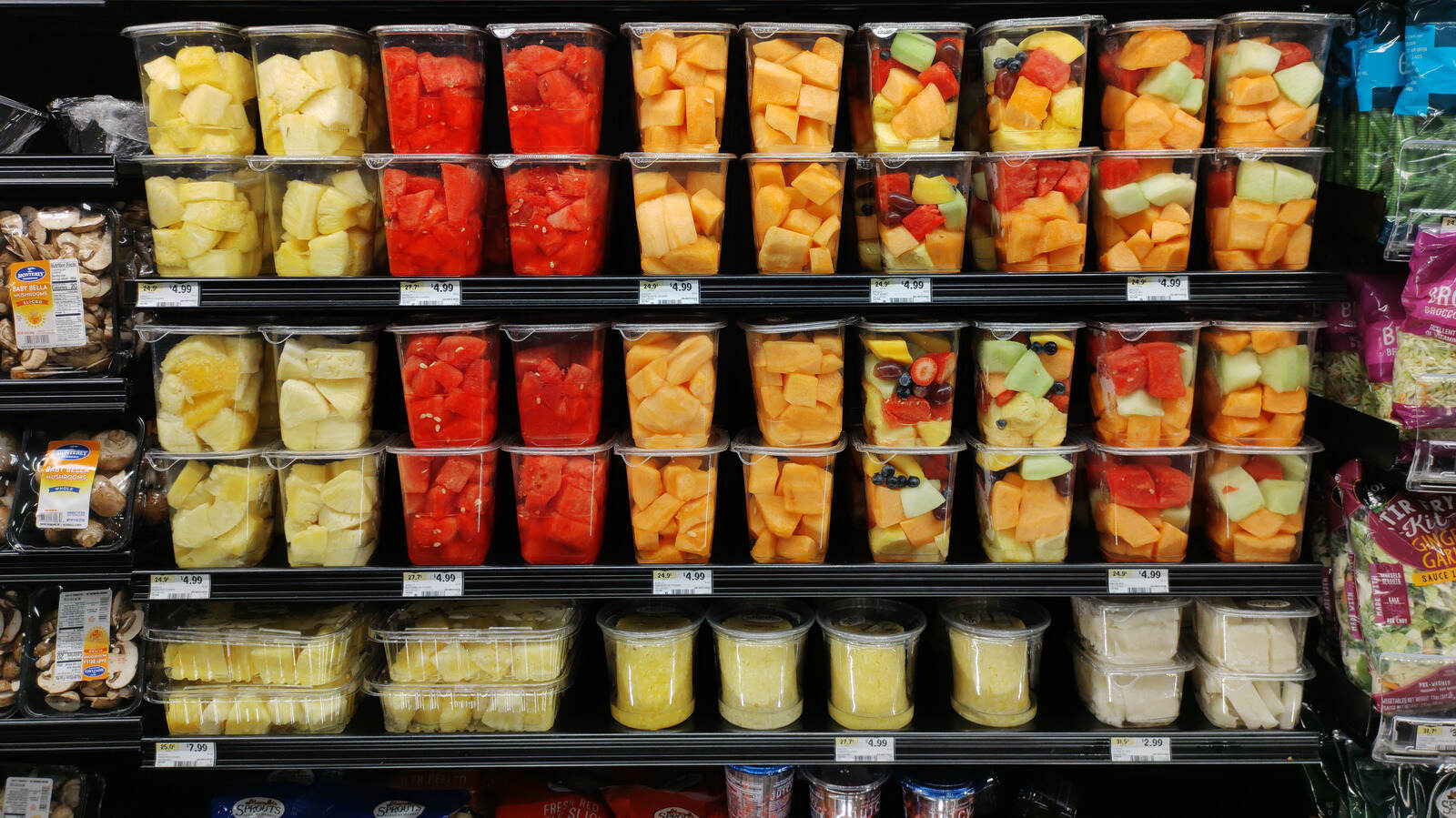
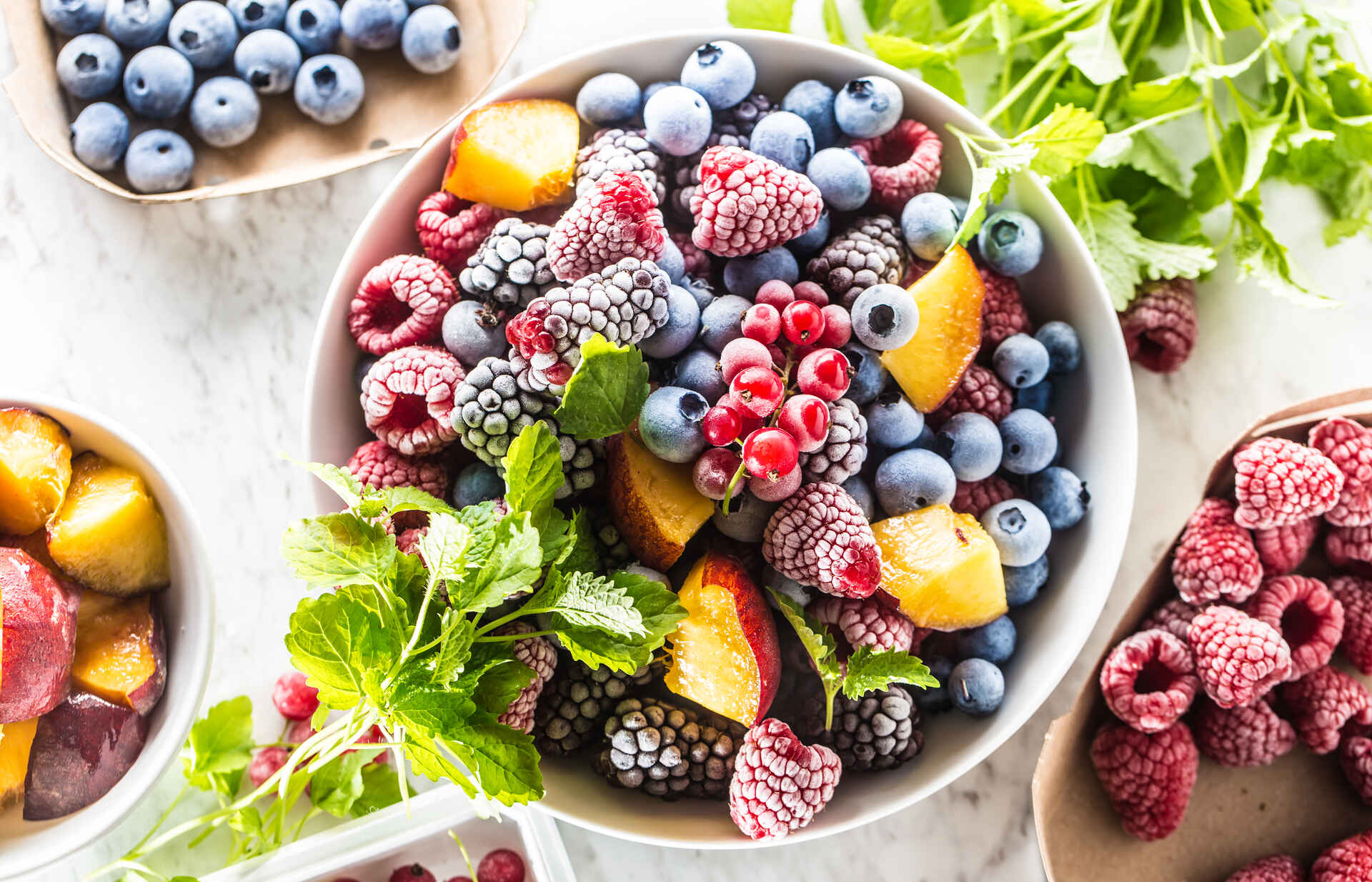
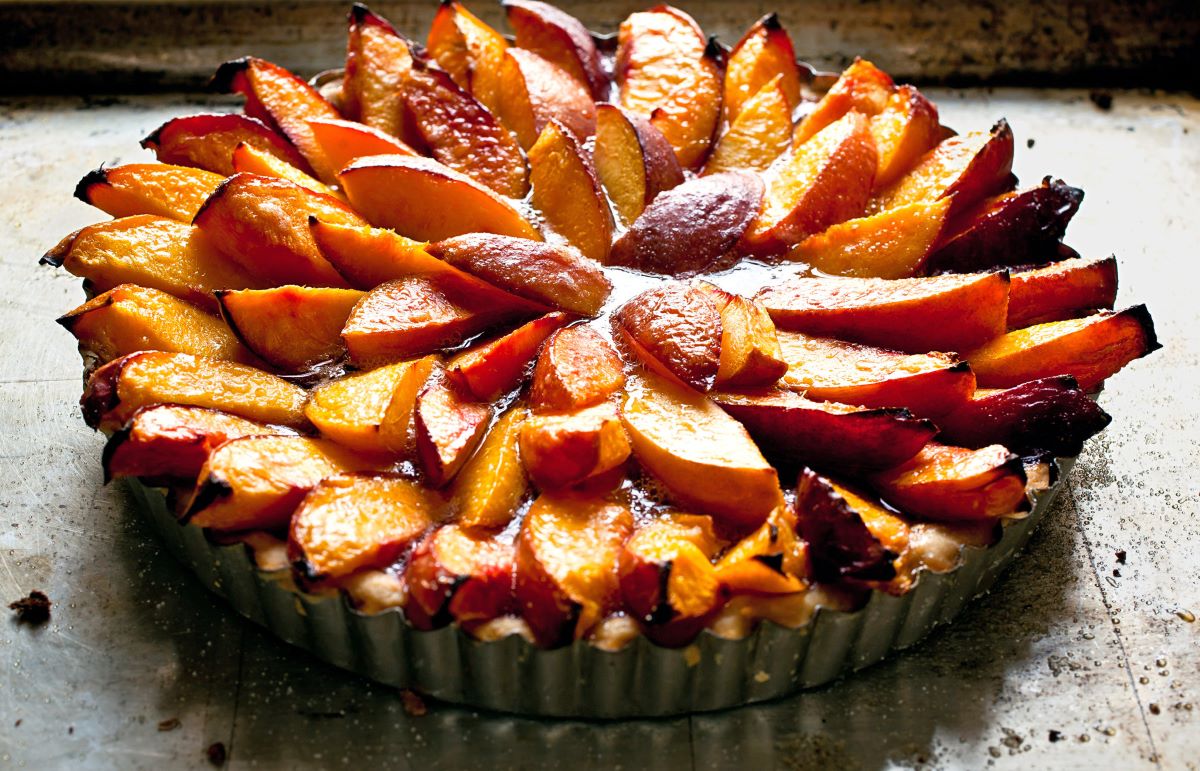
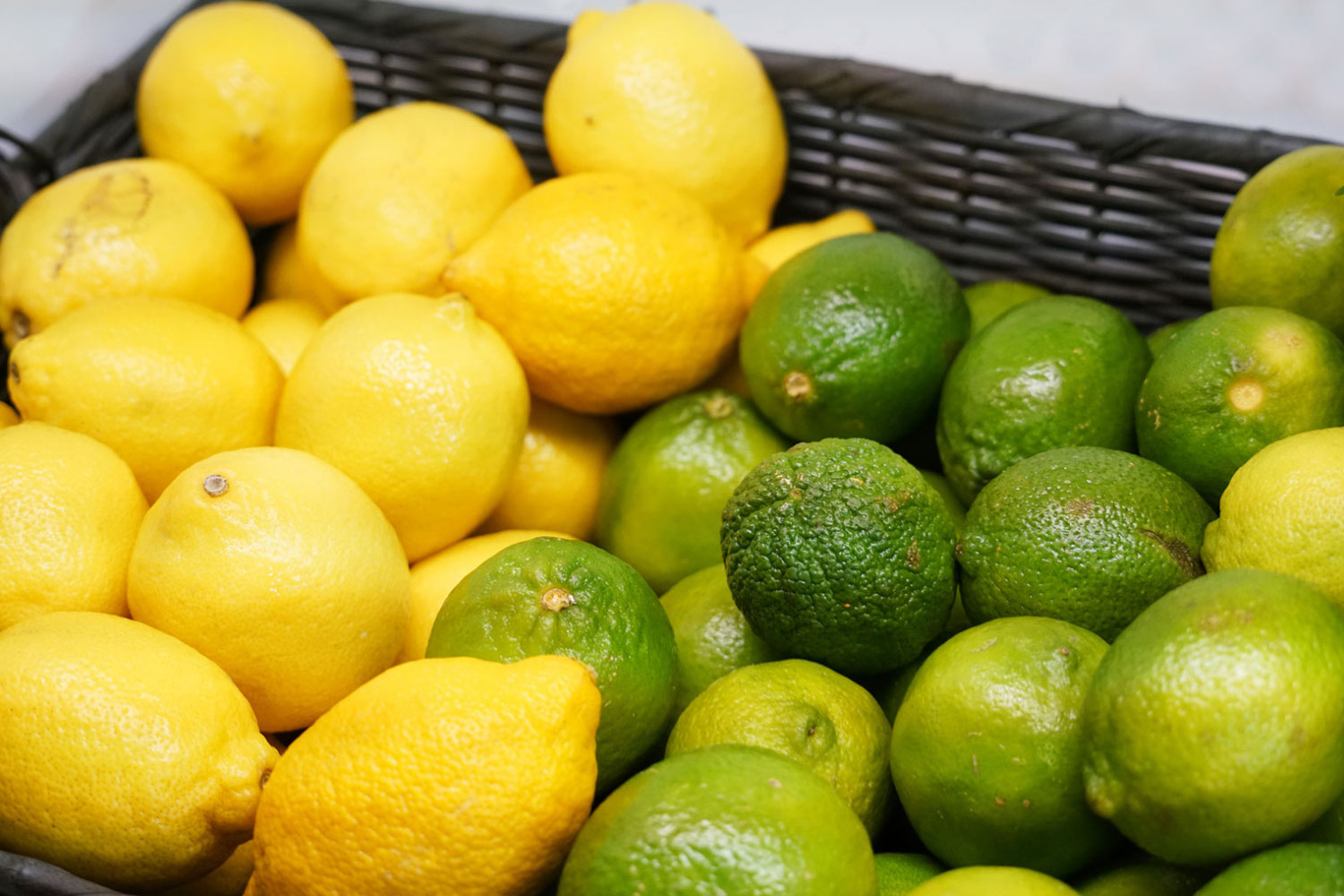
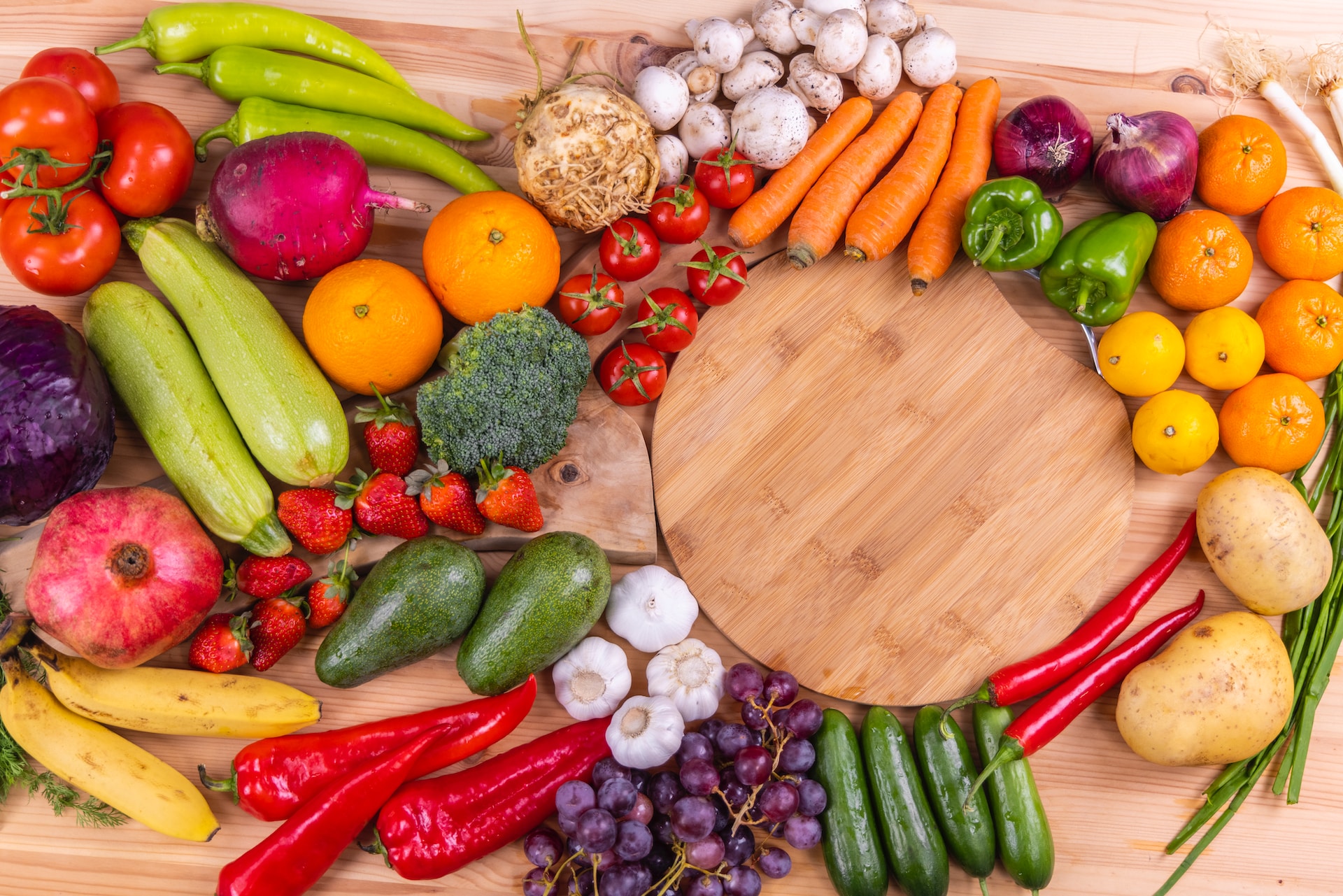
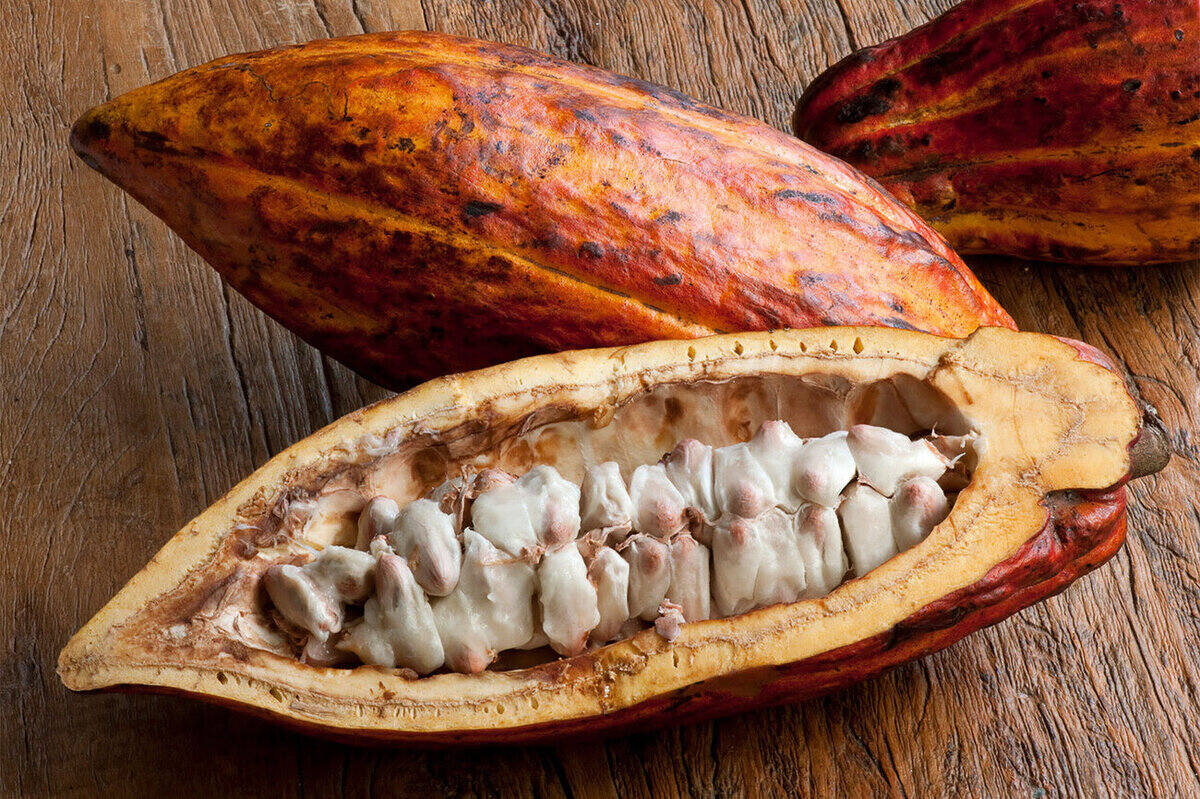

0 thoughts on “How To Store Pawpaw Fruit”